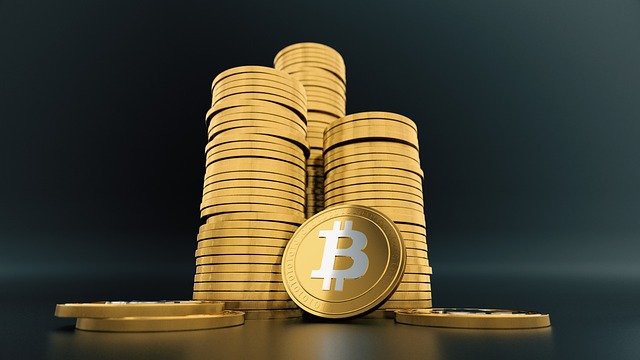Have you ever heard about blockchain? Well, probably more than half of the people who have heard of blockchain are not quite sure what it actually represents. Is it a cryptocurrency, or maybe a programming language? No, it’s the future.
In this article, we introduce you to a straightforward explanation for all of you who haven’t heard about blockchain or aren’t really sure what it is.
Let’s start with the basics:
What Is A Blockchain?
Blockchain is a new-invented technology that is most commonly used for recording transaction details. In 2009, someone hiding behind the pseudonym Satoshi Nakamoto introduced this technology to the world. This person’s identity remains secret, but one thing is sure- he made a massive step in the development of the whole Internet world.
Blockchain is made for saving transaction details in some of the special structures named “blocks.” It can also include the user’s activity or product searching details. With the massive amount of information, blockchain forms smaller groups of blocks, and the “chain” mutually connects them. That’s how blockchain got its name.
Types of Blockchain Networks
Depending on who can access blockchain networks, there are several types:
- Public blockchain networks allow anyone to join and write or participate with blockchain. It is also decentralized, which means that there is no single entity that controls the network.
- Private blockchain networks are similar to the public ones, except for which network can control who can access the network. It’s decentralized, and it can be run behind a corporate firewall.
- Some of the companies usually use permissioned blockchain networks. They have a unique security system that allows specific actions to be performed only by certain participants.
How Does It Work?
You need to know that literally every transaction is recorded in blocks. That gives you an opportunity to choose what type of information you want to register, like who, what, where, how much, and others. We already said that all blocks are mutually connected. Every block is connected to the ones before and after it. Together, all of them make a long chain, confirm the transaction’s exact time, and prevent any block from being altered. When the first block is created, a nonce begins to generate the cryptographic hash. What does it mean?
Here is the explanation of these terms:
- The nonce is a 32- bit number that is randomly generated when a new block is created. Its function is to generate a block header hash.
- The hash is a 256- bit number that must start with a huge number of zeroes. A cryptographic hash is a function that transforms any input data into a string made of numbers. For every input, there is an entirely different output. Its role is to create a unique identifier of any block of transactions.
This may not sound that easy at first, but it’s very effective.
Why Blockchain?
The answer is very simple. Maybe the most important factor is security. Because of its decentralized nature, blockchain is not controlled by only one person in the central location. This means that transaction details can be copied and spread across a computer network. Security is based on cryptography. By this, we mostly think about storing data in a particular form, so only those whom it is sent can access, read and process it. Don’t worry; there are private keys assigned to the transaction, so you don’t have to worry about hacking.
Here is some extra advice: If you are thinking about creating a new business, blockchain eCommerce technology will be beneficial because blockchain-based platforms have much lower transaction fees. Maybe you should think about it.
